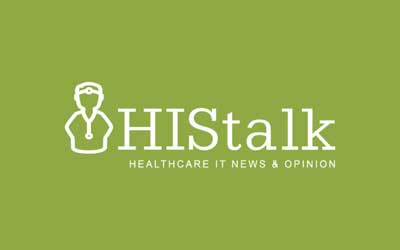By Eric Meier
Our nation was facing a behavioral health (BH) crisis even before the COVID-19 pandemic. According to the National Institutes of Health, 51.5 million American adults were living with a diagnosable mental illness in 2019, with fewer than half having received treatment in the previous year. Interestingly, the Commonwealth Fund reports that as of mid-November, 2020, “states with the lowest infection rates per capita are Medicaid expansion states, where there is better access to care and providers.” Non-expansion states were suffering the highest rates per capita. This highlights one of the biggest issues in BH: lack of access.
Now enter COVID-19 and the crisis has escalated exponentially. In a July 2020 poll conducted by Kaiser Family Foundation, 54% of all adults in the US said the pandemic had negatively impacted their mental health. This is up from 32% from just four months earlier. A survey by the CDC supports this finding. It reports that the number of adults in the US suffering from an anxiety or depressive disorder has quadrupled since before the pandemic. Experts now predict that the economic fallout from COVID-19 may cause tens of thousands of additional deaths by suicide or drug abuse in the years to come. In an article published by The Kennedy Forum, former US Representative Patrick J. Kennedy warns that the pandemic has unleashed “a new wave of mental health and substance use disorders in the US.”
Times of crisis often highlight weaknesses in existing systems. An article published by Harvard Business Publishing says, “The places where things could be done better or more efficiently become glaringly obvious. All of a sudden, opportunities for innovation are staring us in the face.” Telehealth is a prime example. The rollout of social distancing requirements was one of the first challenges brought about by the pandemic. Providers scrambled to implement virtual care technology and associated processes in order to keep themselves, their staff, and their patients safe. Because of recent surges, telehealth is still in use. But not all telehealth solutions are the same. To be effective, providers need more than just a video app, especially when treating individuals with BH whose conditions are often more complex than individuals with non-BH conditions where screening and triage are more straightforward.
This is where innovative BH technology shines, by helping providers perform systematic screening via integrative telehealth solutions across all BH conditions, allowing them to proactively identify, diagnose, and treat those at risk through evidence-based practices. Providers can better match treatment to each patient’s unique symptoms, medical history, social determinants of health, and comorbidities. Not only does this produce improved outcomes, it also helps reduce gaps in care and provides more efficient care pathways.
How innovative BH technology improves the effectiveness of remote care:
- Provides actionable, evidence-based outcomes data within the telehealth session.
- Collects patient outcomes in advance of a telehealth visit to target treatment.
- Supports telehealth billing by providing clinical documentation.
- Screens patients and their care team members before or during telehealth visits.
- Provides access to additional distress and anxiety measures relevant to the BH impact of COVID-19.
- Remotely identifies patients who are not responding, deteriorating, and require immediate intervention.
Innovative BH telehealth technology gives providers the ability to easily screen, track, analyze, and guide treatment while enabling patient reported outcome measures (PROMs) and enhancing clinical confidence.
COVID-19 has had a devastating impact on all populations across our country and experts agree that the mental and economic fallout could last for years to come. Now that mass vaccinations are underway, we can finally see the light at the end of the pandemic tunnel. Healthcare systems and community organizations must act now to implement technology solutions that can help scale resources to meet the urgent needs of a quickly expanding population living with BH conditions. The bottom line is that we would be greatly remiss to allow ourselves to revert to the “old normal” of pre-pandemic BH. This is our chance to make lasting change and innovation will lead the way.

